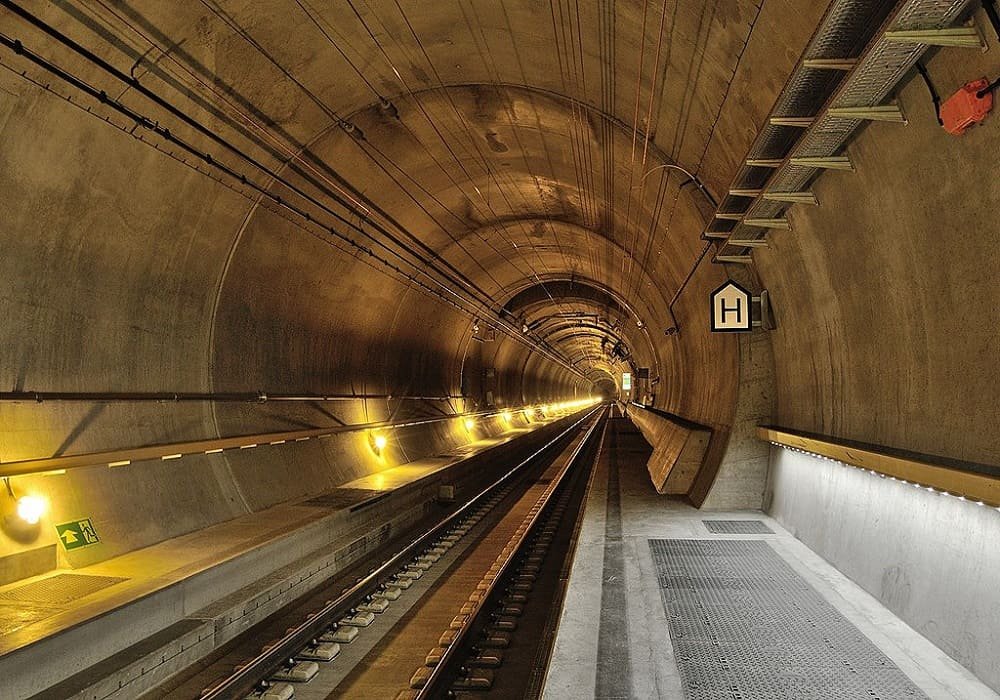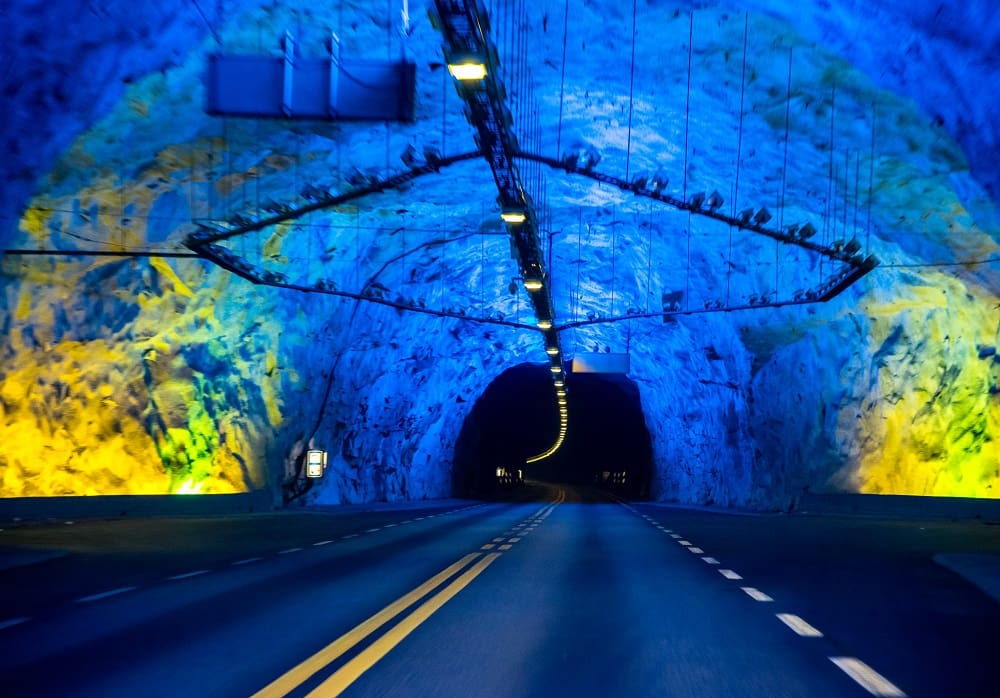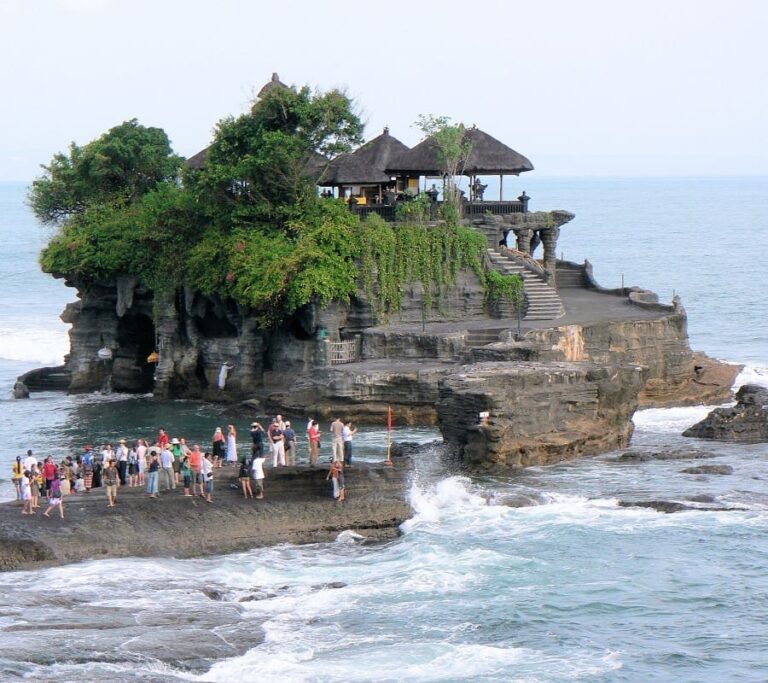Longest Tunnels in the World: Gotthard Base and Lærdal
Last Updated on 5th May 2023 by admin
Are you fascinated by engineering marvels and massive infrastructure projects? Do you want to learn more about the world’s longest tunnels and how they were built? Tunnels are among the most interesting and difficult technical endeavours that humanity have attempted. They enable us to link two sites that are separated by a mountain, a river, or even an entire sea. Tunnels have long been a sign of human innovation and tenacity, from ancient Roman tunnels to modern-day technological and technical wonders.
The Longest Tunnel in the World
Various tunnels for transportation have held the title of longest tunnel in the world over the years. Currently, there are two tunnel transit modes: train and road.
The Gotthard Base Tunnel is the longest tunnel in the world, a railway tunnel that stretches for 57.1 kilometers (35.5 miles) through the Swiss Alps. The tunnel, which connects the Swiss towns of Erstfeld and Bodio, was inaugurated in 2016.
While the Lærdal Tunnel is the longest road tunnel in the world, located in western Norway, connecting the towns of Aurland and Lærdal. It is a two-lane tunnel that runs through the steep terrain for 24.5 kilometres (15.2 miles).
In this article, we’ll be focusing on the longest tunnels in the world – the Gotthard Base Tunnel and the Lærdal Tunnel. We’ll look at the history of these tunnels, the challenges that engineers faced while building them, and the impact they have had on transportation and commerce.
The Longest Rail Tunnel in the World: The Gotthard Base Tunnel

History and Design
The Gotthard Base Tunnel in Switzerland is the longest rail tunnel in the World. It was completed in 2016 and links Erstfeld and Bodio. The tunnel was built to allow trains to go quicker and more efficiently over the Alps, allowing for speedier connections between Northern and Southern Europe. It took 17 years to build and cost more than 12 billion Swiss francs.
The tunnel was built to handle high-speed trains and expand the rail system’s capacity. It is made up of two single-track tunnels with diameters of 28.5 feet (8.7 m), joined by cross-passages every 820 feet (250 m). The tunnel’s maximum gradient is 2.6%, which is significantly less than the former Gotthard railway route, making it easier for trains to travel up the steep Alpine terrain.
Construction Challenges and Innovations
The Gotthard Base Tunnel is an outstanding technical effort that requires tunnelling through some of the most difficult Alps rocks. The tunnel passes through the Gotthard Mountain and includes cutting-edge security features such as a highly sophisticated ventilation system that provides fresh air circulation and eliminates harmful gas accumulation. The tunnel also has fire detection and suppression systems, as well as emergency response stations.
Significance and Impact
The Gotthard Base Tunnel has reduced travel time for trains travelling between Northern and Southern Europe significantly. The tunnel enables for more frequent and speedier connections, allowing for increasing trade and tourism between the two regions. It is also a more ecologically beneficial option to flying, lowering carbon emissions and air pollution.
The Longest Road Tunnel in the World: The Lærdal Tunnel

History and Design
The Lærdal Tunnel (Lærdalstunnelen) in Norway is the longest road tunnel in the world. It opened in 2000, connecting the towns of Aurland and Lrdal. The tunnel was built to provide a safe and efficient route through the mountains separating the two regions. It took five years to build and cost around 1.1 billion Norwegian kroner.
The Laerdal Tunnel’s architecture is outstanding, since it combines a number of features that improve the driving experience. The tunnel, for example, features a lit ceiling that simulates sunshine, which helps to alleviate claustrophobia and weariness. The tunnel also has air purifiers that eliminate pollutants and adjust air temperature, ensuring that drivers have a comfortable and healthy atmosphere.
Construction Challenges and Innovations
The Lærdal Tunnel (Lærdalstunnelen) is a remarkable engineering achievement that requires excavation through some of the world’s most difficult rocks. The tunnel travels through a mountain range and has several safety elements to keep motorists safe. The tunnel is equipped with fire extinguishers, cameras, and emergency phones at regular intervals, as well as a network of sensors that detect fire, smoke, and traffic movement. It also contains a central control room that monitors the traffic and safety systems 24/7.
Significance and Impact
One advantage of the Lærdal Tunnel is that it significantly reduces travel time between the two regions it connections. Before the tunnel was built, , vehicles had to take ferry rides or drive via a small and twisting mountain route that was frequently blocked during the winter. The tunnel has enhanced tourism and trade in the region by making transit considerably faster, safer, and more pleasant.
Comparing the Gotthard Base Tunnel and Lærdal Tunnel
The world’s longest road and rail tunnels have set new standards in tunnel construction and engineering. Both tunnels are internationally famous and one of the world’s top tourist attractions. Let’s compare the Lærdal Tunnel and the Gotthard Base Tunnel.
Length and Dimensions
The Gotthard Base Tunnel is the longest rail tunnel in the world, measuring 35.5 miles (57.1 kilometres) in length. The Gotthard Base Tunnel is also the deepest tunnel in the world and reaching a maximum depth of 1.4 miles (2.3 kilometres) below the surface. In comparison, the Laerdal Tunnel is the world’s longest road tunnel, measuring 15.23 miles (24.51 km). Despite their length discrepancies, both tunnels are outstanding technical achievement that have considerably benefited traffic in their respective regions.
Purpose and Use
The Gotthard Base Tunnel was developed to increase the efficiency of transit between northern and southern Europe. The tunnel connects Erstfeld in the north to Bodio in the south, making train travel between Switzerland and Italy less time-consuming and more frequent. The Laerdal Tunnel, on the other hand, was constructed to increase traffic safety and efficiency along Norway’s popular E16 route. The tunnel avoids a dangerous mountain route and has significantly decreased travel times between Bergen and Oslo.
Technology and Sustainability
Both the Gotthard Base Tunnel and the Laerdal Tunnel use advanced technologies and environmentally friendly design concepts. The Gotthard Base Tunnel has an innovative ventilation system that offers travellers with fresh air while reducing energy use. In addition, the tunnel has regenerative braking, which turns the kinetic energy of slowing trains into electricity. The Lærdal Tunnel has a similar ventilation system and reduces energy usage by combining LED lights and reflecting surfaces.
Future of Tunnels: Trends and Innovations
Tunnel constructing is evolving as technology progresses and the world’s transportation demands change. The development of “smart tunnels” that can monitor and respond to traffic, as well as innovative construction methods that reduce costs and environmental effect, are two of the most fascinating advancements in tunnel technology.
The use of “tunnel boring machines,” which can create tunnels fast and efficiently with minimum harm to the surrounding environment, is one revolutionary tunnel building technology. Another trend is the use of “green tunnels” that combine plants and other natural elements into tunnel construction to improve air quality and lessen the urban heat island effect.
Finally, the Lærdal Tunnel (Lærdalstunnelen) and the Gotthard Base Tunnel are two outstanding examples of human engineering and invention. They represent the highest standards of modern technology and design, providing safe, efficient, and pleasant transportation through some of the world’s most difficult environments. These tunnels, whether by train or road, have changed the way we travel and offered up new opportunities for trade, tourism, and communication.






